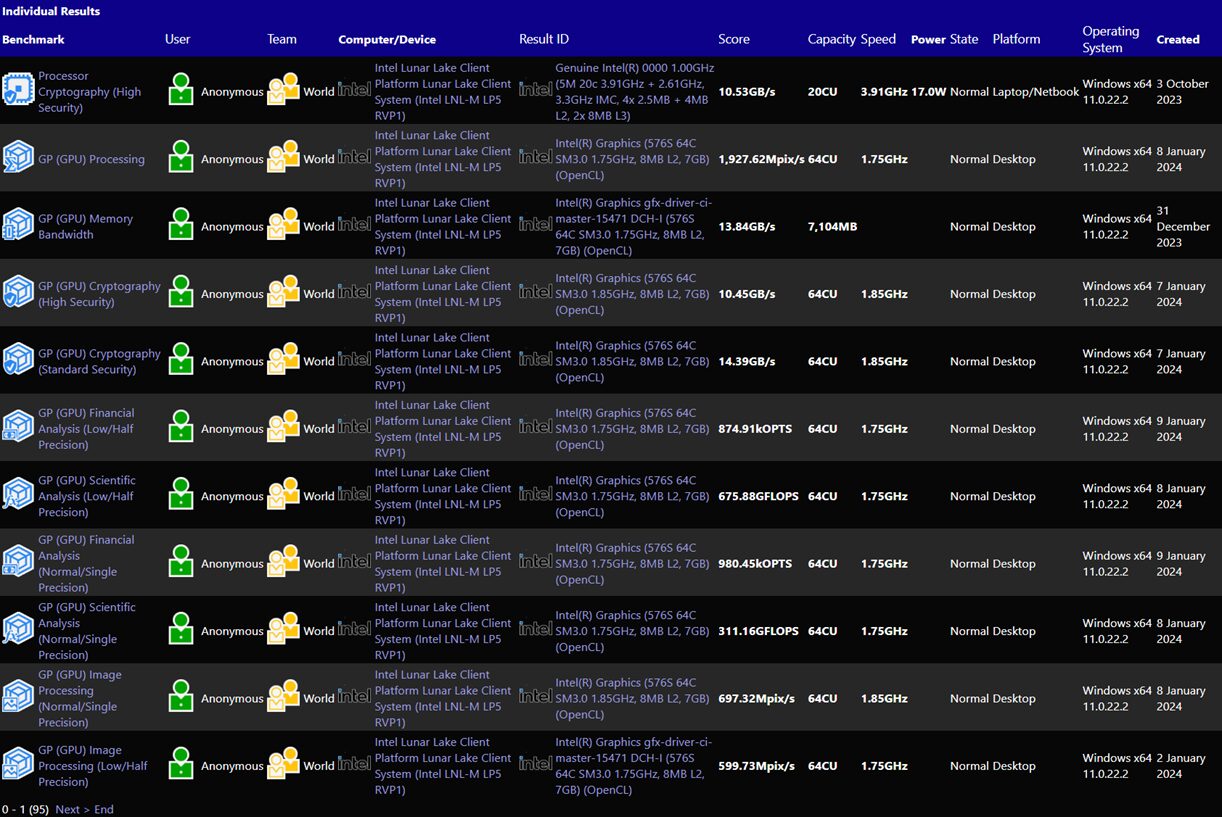The chip giant is working on Intel Lunar Lake and Intel Arrow Lake, two new generations of processors that are expected to arrive later this year. between October and Novemberand will be aimed at different sectors. Intel Lunar Lake will be aimed at notebooks and low-power PCs, while Intel Arrow Lake will be used in desktops.
All indications are that both will use the same architectures at the CPU level. If confirmed, high-performance cores will be released Lion’s Baywhich should significantly improve the CPI overlooking Redwood Cove, the architecture currently used at Meteor Lake. High efficiency cores will be based on skymont, which will also improve the CPI compared to Crestmont.
We have big doubts about the low-power cores, because we don’t know if they will be based on the Skymont architecture or if they will repeat the Crestmont architecture. Both options are now open, but the most logical would be to use Skymont, since in theory it will come with efficiency improvements derived from the use of the new Intel 20A node.
Intel Lunar Lake will share the CPU and node architecture with Intel Arrow Lake, but will use different GPUs that will be more powerful and advanced. The first one will mount the graphics cores Intel Arc Battlemage, while the other will be equipped Intel Arc Alchemist+ GPUalso known as Intel Xe-LPG+.

Integrated Intel Arc Alchemist+ GPU will not introduce major improvements compared to what we saw in Intel Meteor Lake. It will only be a revision that will come with an increase in working frequencies and other minor changes. Intel Arc Battlemage will be the complete opposite. This generation of GPUs will mark an important development, so much so that according to the first leaked tests, it could reach twice the performance of the current generation.
In a recent leak, we could see the Intel Lunar Lake series tech unit coming in sa 20 core CPU. They operate at a base frequency of 1 GHz and can reach 3.91 GHz in turbo mode. Your GPU has 64 execution units and operates at a frequency between 1.75 GHz and 1.85 GHz.
The score obtained by this sample in SiSoft Sandra is 1927.62 Mpix/s, a number that represents an increase of 80% compared to the Intel Arc Alchemist iGPU, which means that It’s very close to doubling the performance of this one. These types of results usually don’t translate directly to real-world tests, so it’s clear that the improvement in gaming performance will be much lower.
All in all, even if we end up with a 40% or 50% increase in performance, it’s clear that the improvement would be impressive. I remind you that Intel Lunar Lake will compete with AMD Zen 5 solutions for laptops and that they will have 17W basic TDPwhile Intel Arrow Lake will face Zen 5 desktop processors and will have TDP between 65 and 125 watts.














